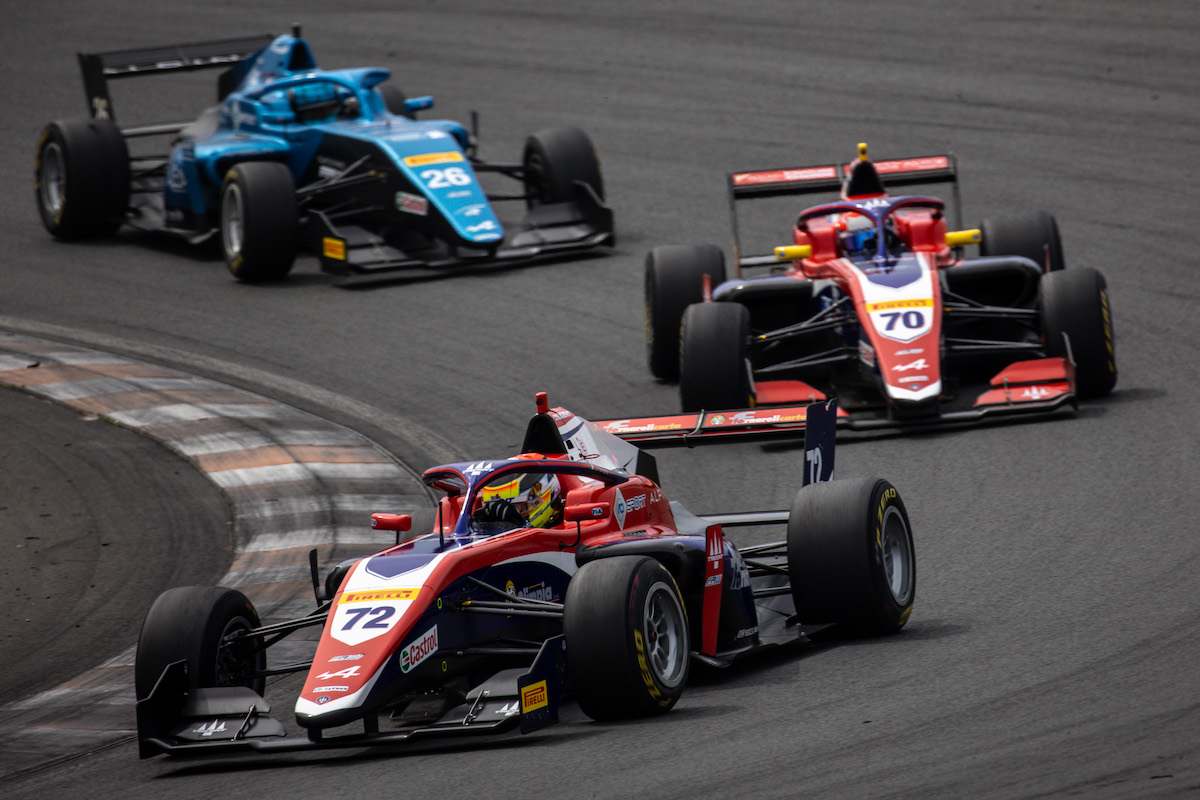
Photos: FREC / Dutch Photo Agency
The second FIA World Motor Sport Council meeting of 2023 took place today in Spain, and several changes were approved that impact the future of junior single-seaters.
In Formula 2 there were several updates made to the series’ sporting and technical regulations, but the key decision was to sign off an updated plan for the next-generation F2 and Formula 3 cars.
“For regulatory stability and cost-saving reasons, the lifecycle of the next generation of chassis will be increased from three to six years, so that for FIA F2 the new chassis spec will be operational from 2024 to 2029, and in F3 from 2025 to 2030. The duration of the associated chassis single supply will be aligned with these lifecycles.”
It is the first public confirmation that a new F2 chassis will be used next season, although there is no mention of the tendering proccess to supply it.
There are currently tendering processes open to supply engines for F2 and F3 for when their new cars are introduced, and to supply tyres from 2025 onwards, with the engine tenders only being for a three-year cycle rather than six.
This November’s FIA F3 World Cup in Macau also had its sporting and technical regulations approved during the WMSC meeting.
As expected, confirmation was made that the Formula Regional category’s second generation of cars will not be introduced until 2025.
The category was created in 2018, and there have been series around the world using chassis from Dome, Ligier and Tatuus since then. Tatuus’s base design has been modified over the years for different series that have different engine suppliers.
The homologation and technical regulations for the second-generation FRegional cars include “a prescribed design for key aerodynamic components to ensure the correct performance level and to achieve the close-following benefits learned from Formula 1” with an aerodynamic design concept from the FIA serving as a “baseline for manufacturers to help to reduce development costs”, an updated survival cell, new crash test requirements and “limitations of planks and brake discs”.